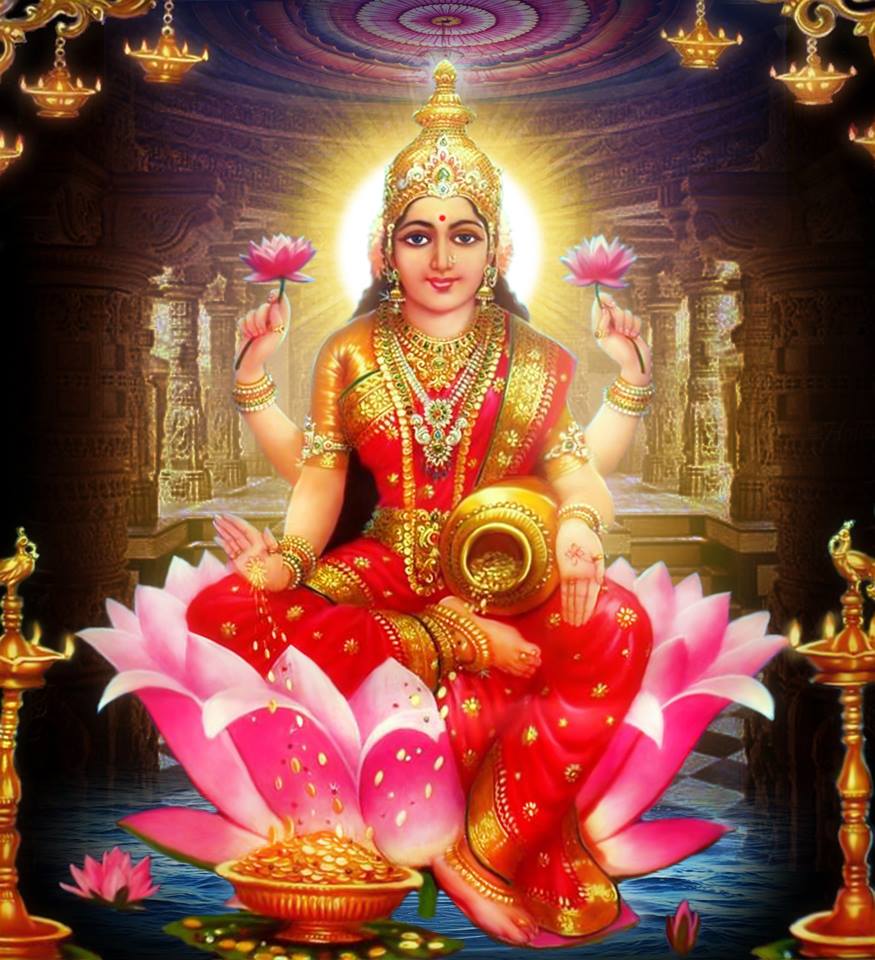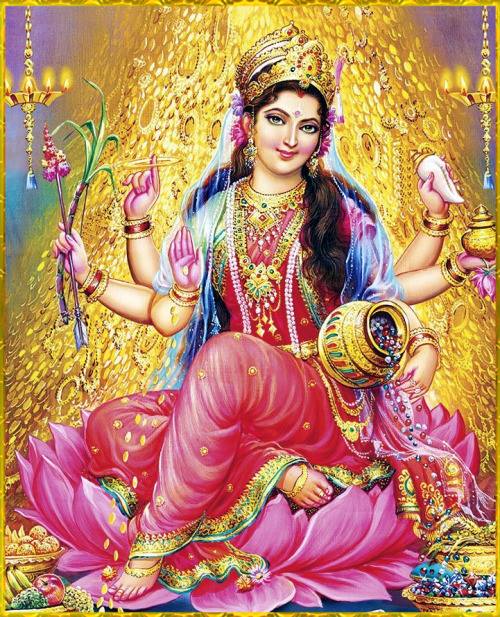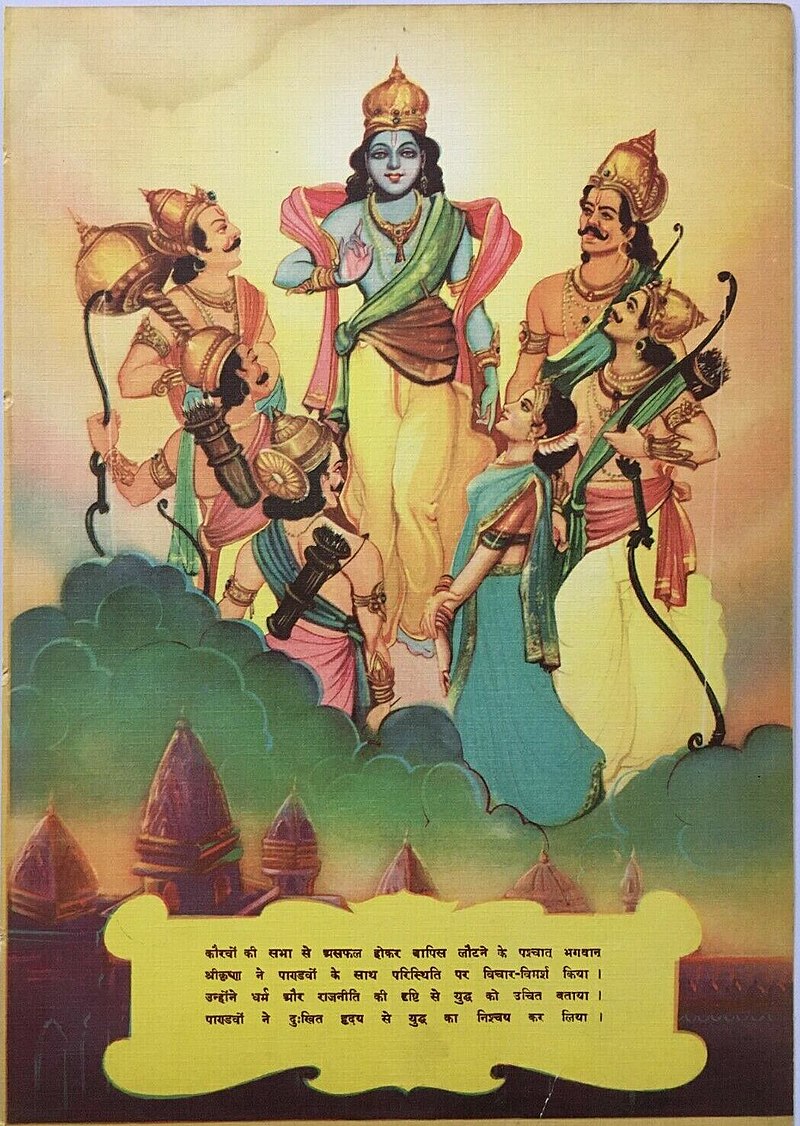Radiant Reverence: Exploring the Divine Beauty of God Krishna Images

When exploring the rich tapestry of Indian spirituality and culture, few figures shine as brightly as Lord Krishna. Revered as the embodiment of divine love and wisdom, Krishna holds a special place in the hearts of millions. God Images Hd associated with God Krishna serves not only as a reminder of his celestial presence but also as a profound source of inspiration for devotees around the world. Through intricate paintings, delicate sculptures, and vibrant festivals, the aesthetic representations of Krishna capture the essence of his teachings and his playful yet transcendental nature.
The beauty of God Krishna images lies in their ability to convey deep philosophical and spiritual truths through art. Each depiction invites observers to reflect on their own journey of faith, love, and devotion. From the charming moments of his childhood in Vrindavan to the profound teachings of the Bhagavad Gita, these images encapsulate a wide array of emotions and stories that resonate with individuals from diverse backgrounds. As we delve into the divine beauty of Krishna’s images, we embark on a journey that not only celebrates artistry but also deepens our understanding of this beloved deity’s significance in the spiritual landscape.
Historical Significance of Krishna Imagery
Krishna imagery has a profound historical significance that traces back to ancient Indian scriptures and religious texts. The earliest representations of Krishna can be found in the Vedic texts, where he is revered as a divine figure associated with love, compassion, and cosmic play. Over https://www.dermandar.com/user/insectpea43/ , these early depictions evolved into more intricate artistic expressions found in temple carvings, murals, and sculptures across India, particularly during the Gupta period, which is often regarded as a golden age of Indian art.
The Bhakti movement, which emerged in the medieval period, played a crucial role in popularizing the images of Krishna. Devotional poetry and songs celebrated his playful nature as a child and his divine love for Radha, captivating the hearts of millions. This period saw a surge in the artistic representation of Krishna, influencing various art forms, including painting, dance, and theatre. Temples dedicated to Krishna became centers of cultural and artistic expression, further embedding his imagery in the spiritual fabric of society.
Throughout history, Krishna imagery has also served as a medium for philosophical teachings and moral lessons. The narrative of Krishna in the Bhagavad Gita presents deep spiritual insights and ethical dilemmas, fostering a rich dialogue between art and philosophy. Artists and devotees alike have used Krishna's image to convey complex concepts of dharma, devotion, and the nature of reality, contributing to a lasting legacy that continues to inspire reverence and admiration across diverse cultures.
The Artistic Styles of Krishna Depictions
The depictions of God Krishna in art span diverse cultures and eras, each reflecting unique artistic interpretations and styles. In traditional Indian art, the use of vibrant colors and intricate details is prevalent, often capturing Krishna's divine playfulness and charm. Artists utilize a combination of naturalistic elements and stylized forms to convey the essence of Krishna's personality, making him a beloved figure throughout Indian mythology. This tradition is especially evident in regional styles like Rajput, Mughal, and Pahari, where each region brings its characteristic flair and technique to Krishna's imagery.
In modern art, representations of Krishna have evolved to incorporate contemporary themes and abstract styles. Artists often blend traditional motifs with modern techniques, creating captivating compositions that resonate with today's audience. This fusion allows for a fresh exploration of Krishna's narratives, inviting viewers to appreciate his divine qualities from a novel perspective. God Images Hd of mixed media, digital art, and installations has expanded the ways in which Krishna is visualized, pushing the boundaries of conventional representations while maintaining the core attributes that define him.

Global influences have also shaped the portrayal of God Krishna outside of India. In Western art, for example, Krishna is sometimes depicted within an abstract context, emphasizing universal themes of love, compassion, and spirituality. god-images of Krishna imagery fosters a greater understanding and appreciation for his significance, transcending cultural barriers and inviting diverse interpretations. Whether in traditional or contemporary forms, the artistic styles of Krishna depictions continue to evolve, reflecting the timeless nature of his divine beauty.
The Spiritual Impact of Krishna Images
The images of God Krishna hold a profound spiritual significance for millions around the world. Each depiction encapsulates distinct narratives and emotions, resonating with the viewer's personal journey. The beauty and charm of Krishna often evoke feelings of joy and love, drawing individuals closer to a sense of divine connection. This emotional resonance is particularly powerful during devotional practices, where the sight of these images inspires a deeper reflection on one's spirituality.
Krishna's representations, from playful childhood scenes to majestic portrayals as a cosmic deity, facilitate a meditative state that fosters inner peace. Devotees frequently find solace in gazing upon these images, using them as focal points for meditation and prayer. The vibrant colors and intricate details serve not just as artistic expressions but as catalysts for spiritual awakening, helping individuals connect with the ideals of devotion, service, and compassion that Krishna embodies.
The spiritual impact of Krishna images extends beyond individual practice, influencing community worship and cultural expressions. Festivals and gatherings often center around these divine representations, strengthening communal bonds and shared devotion. By celebrating Krishna's image together, devotees create an environment filled with love and harmony, amplifying their collective spiritual experience and reinforcing the values of unity and devotion inherent in Krishna's teachings.


